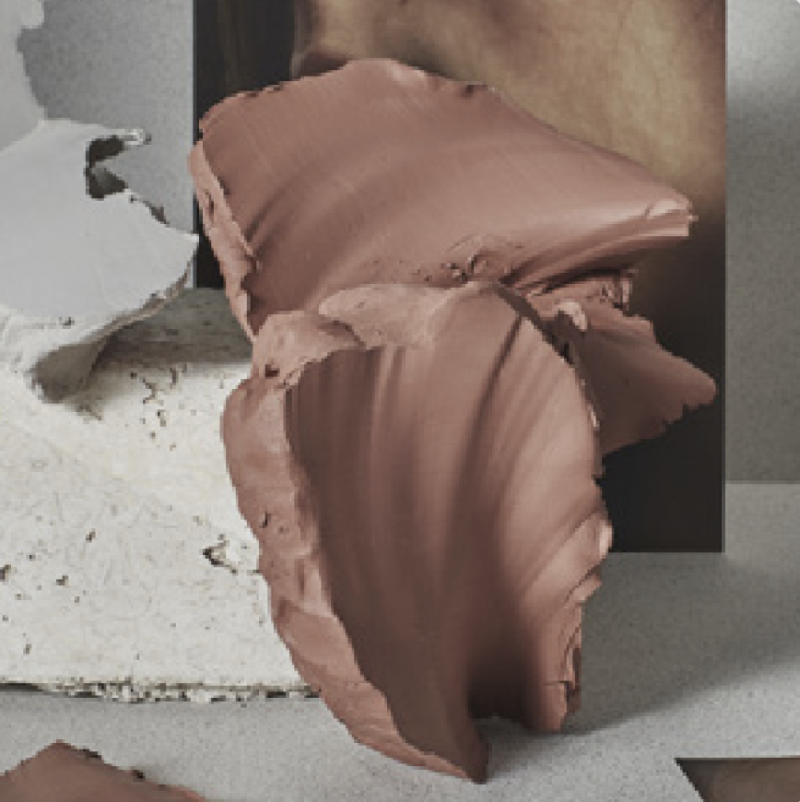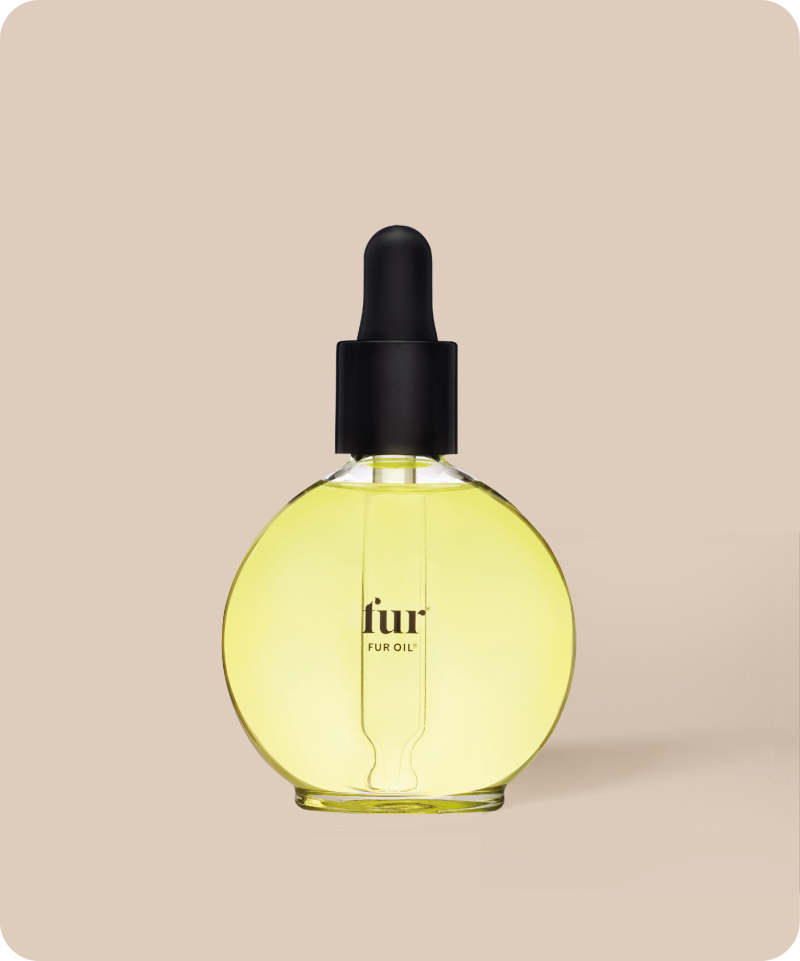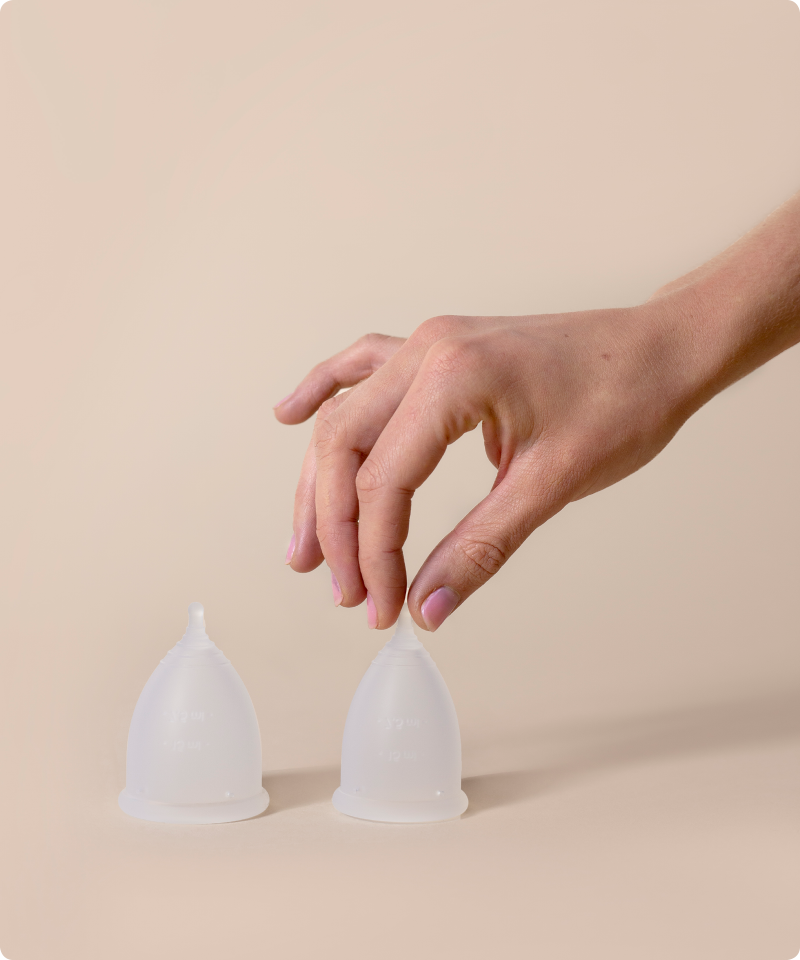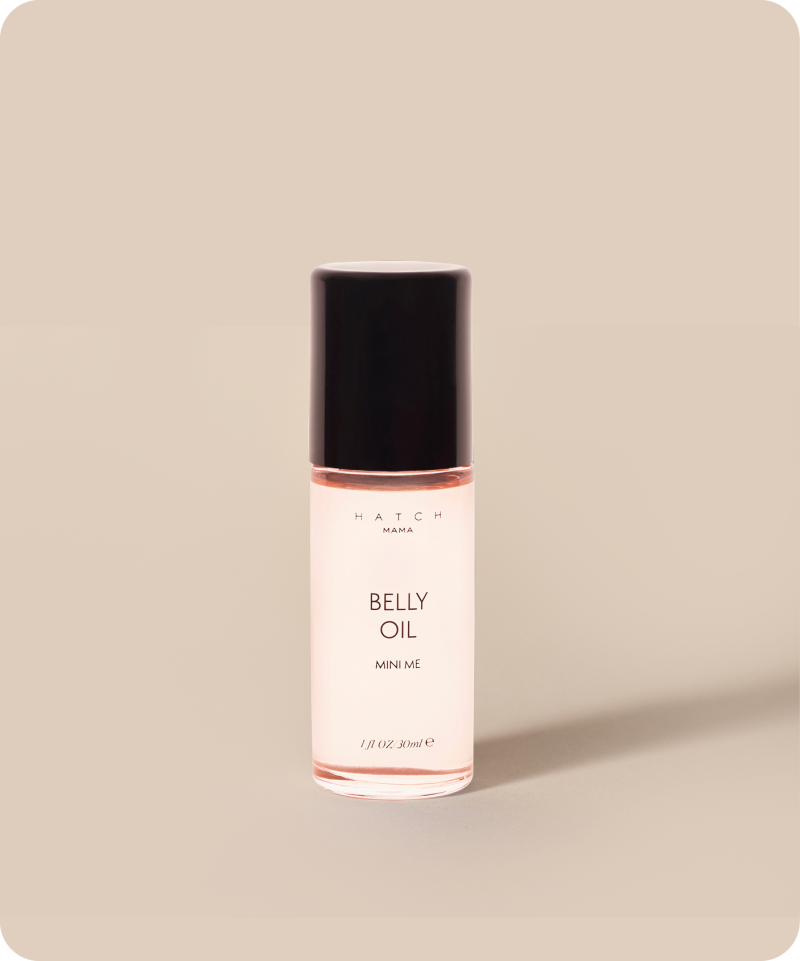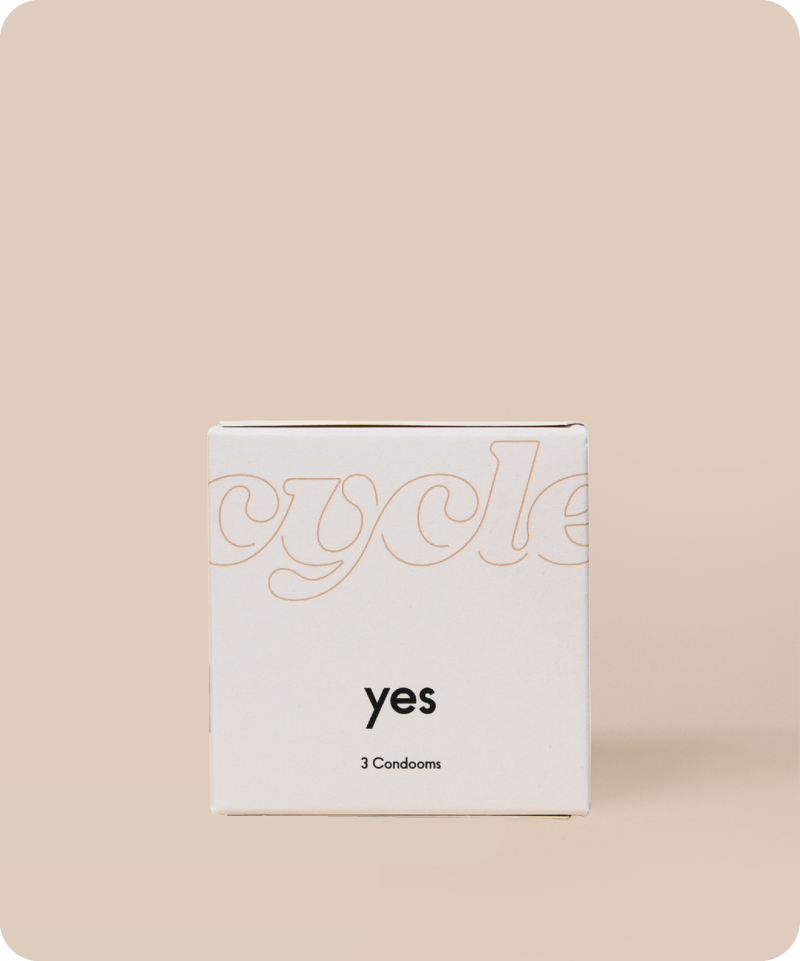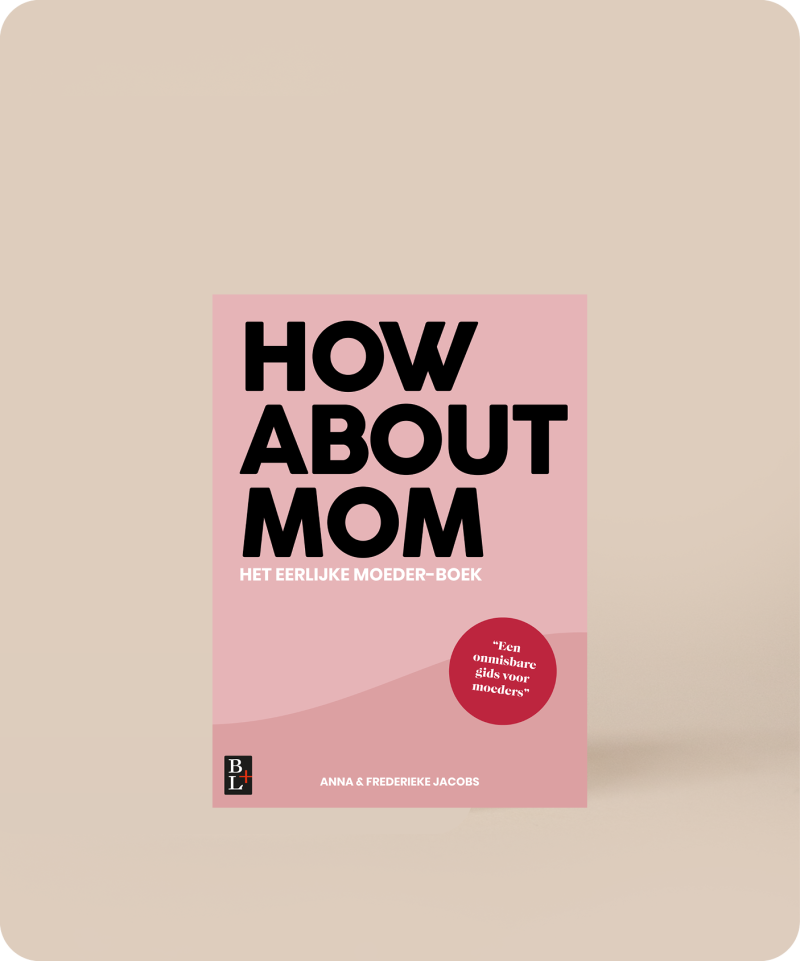What to expect during an IUD insertion or removal
It only takes a couple of minutes for your GP or gynecologist to insert an IUD. If you want to go to your GP for an IUD insertion there’s an extra step you have to take before the appointment. Since your GP doesn’t have the IUD, you first have to go to the pharmacy with a prescription to pick up the IUD yourself. Do you feel more at ease with someone who has a lot of experience inserting IUDs? Then a gynecologist is the best choice for you. Be careful and check the situation with your insurance beforehand though!
Copper or hormonal IUD?
The most used IUDs are copper and hormonal IUDs. A copper IUD such as the Ballerine IUD is wrapped with a copper wire.The copper makes the sperm cells inactive and it also prevents the egg from implanting in the lining of the uterus. A hormonal IUD such as the Kyleena or Mirena IUD prevents the egg from implanting in the lining of the uterus as well. But next to that, the hormones in the IUD also thicken the cervical mucus so sperm cells can’t get through very easily. In short, no matter which one you choose, both kinds of IUDs are very effective in preventing pregnancy.
Both the copper IUD and the hormonal IUD are T-shaped and about 3cm in size (although the Kyleena IUD is slightly smaller than the Mirena IUD). There are two strings attached to it that hang from your cervix. These strings are there so your GP or gynecologist can easily remove the IUD from your uterus again. The IUD becomes less reliable after five years so when you hit that five year mark you should let it be removed or replaced.
Insertion and removal: A guide
When
The best time to get an IUD is just before or after your period. This way you can make sure you’re not pregnant. The cervix is also a little bit more flexible during this time, so insertion should be easier and a little less painful.
Did you just have a baby? Then you should wait at least 8 weeks before getting an IUD (again). Just really give yourself that time to let everything heal properly, you’ll thank yourself later.
The insertion
This is probably the most interesting part for you: what happens during an IUD insertion. The first thing that happens is that the doctor inserts a duckbill speculum into the vagina. The speculum is often warmed up in advance, so that it feels a bit more pleasant. It’ll still feel pretty uncomfortable when it’s inserted, there’s unfortunately no way around that, but it should be pretty painless most of the time. The trick is to stay as relaxed as possible, but that’s definitely easier said than done. The next step involves a bit more pain because in order to place the IUD in the uterus the doctor grasps the cervix with a clamp. If you’re dreading the pain you could ask for a local anesthetic, this will be done with a spray or gel (in the Netherlands). The cervix is then widened a little so that the IUD can be inserted into the uterus with a special inserter.
Is IUD insertion painful?
Grabbing the cervix can be especially painful, but it varies from person to person. One person really suffers from it and the other just some discomfort. In the Netherlands, the advice is to take a Naproxen and or 1000 mg of paracetamol beforehand. This helps a little with the pain but is not enough for some. You can therefore ask a gynaecologist for a local anesthetic of the cervix. This can be done with a gel or spray and does not hurt. Unfortunately, this method has not yet been included in the guideline for general practitioners, but hopefully that will change soon. In the USA they included this in the guidelines.
You can experience abdominal pain, such as cramping, after the insertion of an IUD, but this usually goes away after a few hours. If you take one Naproxen 500 mg or 2 paracetamol tablets of 500 mg two hours before insertion, you generally shouldn’t have any problems. It’s normal to experience some blood loss after the procedure but if the cramping and/or blood loss persist, or if you experience unusual discharge or fever, we advise you to contact your GP to let that get checked out.
You usually have to come back for a check-up after six weeks to make sure everything is still in the right place. After that, you can just check it yourself once in a while by using your fingers to see if you still feel the strings. The best time for doing this is at the end of your period. It’s very important you don’t pull the strings, you don’t want to pull it out by accident!
The removal
An IUD is usually removed or replaced after five years. But you can also choose to have it removed earlier if you don’t want to be on birth control anymore or if you feel like it’s just not the right birth control for you. The removal of an IUD is actually pretty simple. The doctor just grabs the two strings that ‘hang’ outside your cervix and carefully pulls out the IUD.
Our conclusion
There are obviously more fun activities than getting an IUD but don’t let your fear of the pain hold you back because it’s very manageable for most women! And OMG, there are so many advantages, you’ll be so glad you did it. But we can’t have it all of course, there are also some disadvantages. We don’t want to keep you in the dark so we made a clear overview for you down below:
Advantages
It’s a very reliable method of birth control.
You don’t have to think about your birth control for at least 5 years.
A copper IUD is an ideal alternative for women who can’t or don’t want to take hormones.
If you use a hormonal IUD: the hormones won’t go through your entire body as is the case with the pill but go directly into the uterus.
You’re immediately fertile again after removing the IUD.
Some women bleed less during their period when they have a hormonal IUD, and for some the bleeding even stops completely.
Disadvantages
Some women find the insertion painful
You’re not protected against STIs, so you may need to use condoms as well.
Your period can get heavier and you might bleed more in the first few months.
A hormonal IUD contains a small amount of progestin. This hormone can cause acne, headaches, dizziness and swollen breasts in the first few months.
There’s suddenly an IUD in your uterus and your body has to get used to that, so you might experience some abdominal pain in the beginning.
In some rare cases the IUD can make a puncture in the uterus or bleeding can occur. If you bleed heavily or have persistent abdominal pain please contact your GP immediately.
If you want to use a menstruation cup we advise you to consult this with your GP first. Sometimes the strings of the IUD have to be cut a bit shorter before you can safely use a menstruation cup.

